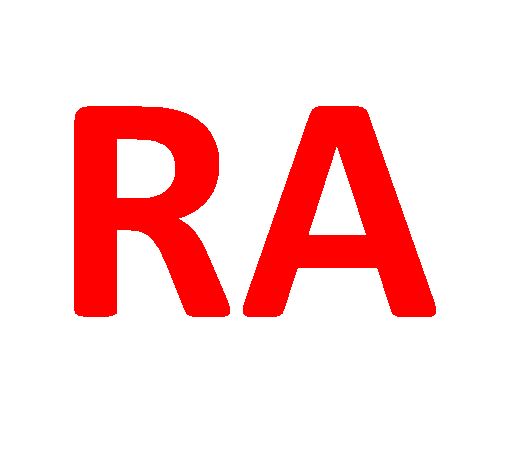Information
-
Document No.
-
Audit Title
-
Client / Site
-
Conducted on
-
Prepared by
-
Location
-
Personnel
-
Company Name:MacWest
-
Address:
-
Contact Person:
-
Mobile Phone No:
-
Date:
-
Work Scope/Activity/Task:
-
Reference:
-
Reviewed by:
-
Project Address:
-
Identify High Risk Construction Work:<br>(Examples of high risk construction work. Construction work that involves: falling > 2m; disturbance of asbestos; structural alterations requiring temporary support; demolition of an element that is load bearing; a confined space; artificial extremes of temperature; adjacent to a road; work on chemical, fuel or refrigerant lines, on energised electrical installations, work on or near pressurised gas distribution piping mains)
-
This SWMS has been developed and approved by: Bradley Westerdale, Director, Macwest Construction Pty Ltd
Resources:
-
Trades Involved:
-
Equipment Used:
-
Maintenance checks:
-
Materials Used:
-
Personal Protective Equipment (PPE) used:
-
RISK SCORE CALCULATOR
Item 1
-
Job Step - Break the job down into steps
-
Potential Hazards - Identify the hazards associated with each step. Examine each to find possibilities that could lead to an accident or adverse environmental impact
-
Risk Class
-
Controls - Using the previous two columns as a guide, decide what actions are necessary to eliminate or minimise the hazards that could lead to an accident, injury or occupational illness or environmental impact
-
Person Responsible
Item 2
-
Job Step - Break the job down into steps
-
Potential Hazards - Identify the hazards associated with each step. Examine each to find possibilities that could lead to an accident or adverse environmental impact
-
Risk Class
-
Controls - Using the previous two columns as a guide, decide what actions are necessary to eliminate or minimise the hazards that could lead to an accident, injury or occupational illness or environmental impact
-
Person Responsible
Item 3
-
Job Step - Break the job down into steps
-
Potential Hazards - Identify the hazards associated with each step. Examine each to find possibilities that could lead to an accident or adverse environmental impact
-
Risk Class
-
Controls - Using the previous two columns as a guide, decide what actions are necessary to eliminate or minimise the hazards that could lead to an accident, injury or occupational illness or environmental impact
-
Person Responsible
Item 4
-
Job Step - Break the job down into steps
-
Potential Hazards - Identify the hazards associated with each step. Examine each to find possibilities that could lead to an accident or adverse environmental impact
-
Risk Class
-
Controls - Using the previous two columns as a guide, decide what actions are necessary to eliminate or minimise the hazards that could lead to an accident, injury or occupational illness or environmental impact
-
Person Responsible
Item 5
-
Job Step - Break the job down into steps
-
Potential Hazards - Identify the hazards associated with each step. Examine each to find possibilities that could lead to an accident or adverse environmental impact
-
Risk Class
-
Controls - Using the previous two columns as a guide, decide what actions are necessary to eliminate or minimise the hazards that could lead to an accident, injury or occupational illness or environmental impact
-
Person Responsible
This SWMS has been developed through consultation with our employees and has been read & signed by all employees involved with this activity:
-
Name
-
Signature
-
Name
-
Signature
-
Name
-
Signature
-
Name
-
Signature
-
Name
-
Signature
-
Name
-
Signature
-
Name
-
Signature
-
Name
-
Signature
-
Legislation, Regulations, Codes of Practice, Australian Standards & Guidance Notes:
WH&S Act 2011
WH&S Regulations 2011
Codes of Practice Manual Handling














